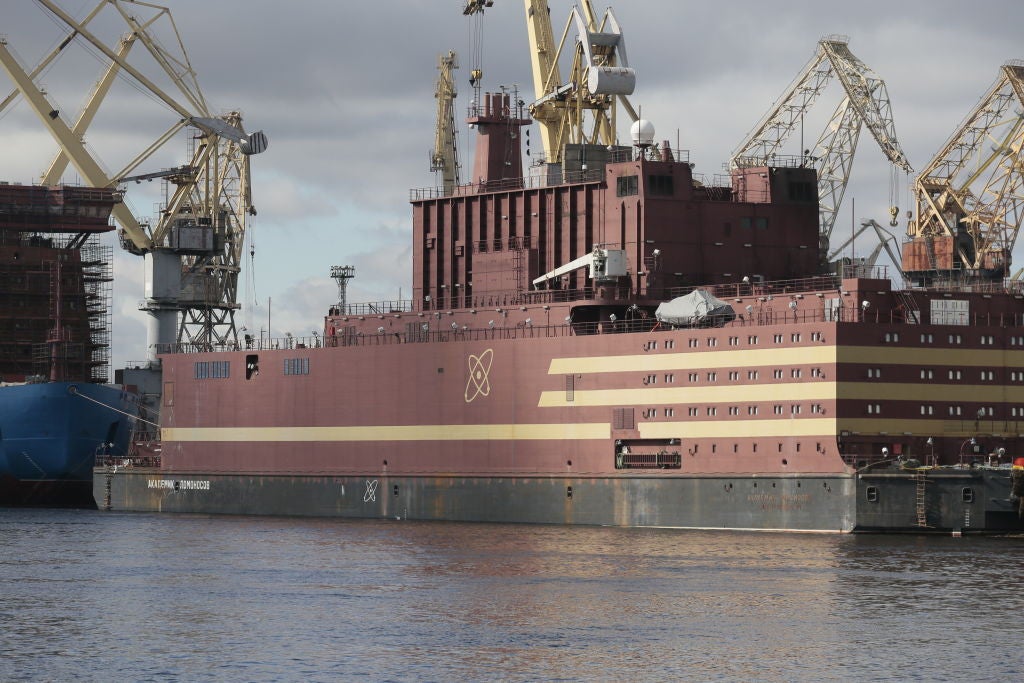
Nuclear fuel has been delivered to the world’s first floating nuclear power plant, which is located in Pevek in the Chukotka region of north-east Russia. The plant, named Akademik Lomonosov, supplies heat and power to the town and is based on two KLT-40S reactors generating 35MW each.
The fuel was delivered to the site by TVEL, Rosatom’s fuel division, via the Northern Sea Route and manufactured by TVEL’s Elektrostal Machine-Building Plant in the Moscow region.
According to TVEL, unlike land-based reactors that require replacement of a proportion of their fuel rods every 12–18 months, “the refuelling takes place once every few years and incudes unloading of the entire reactor core and loading of fresh fuel into the reactor”. As such, there can be up to three and a half years between refuelling.
Akademik Lomonosov first became operational in December 2019. At the time the reactor was seen as a pilot project for a future fleet of floating nuclear power plants and onshore installations based on Russian-made small modular reactors. Due to their functionality, they are intended for deployment in disparate areas of Russia’s north and far-east. The operable reactor was named after 18th century Russian scientist Mikhail Lomonosov, who was the first native Russian to be appointed to the Academy of Sciences in St. Petersburg in 1742.
The plant is 144m long and 30m wide. It supplies electricity to the town of Pevek, which has a population of around 4,000, but could potentially supply a city of up to 100,000 people. Rosatom is currently constructing four floating power units, which it plans to export.
In June, Andrey Nikipelov, Rosatom’s deputy director-general for mechanical engineering and industrial solutions, said: “In addition to environmental friendliness and stable operation, floating nuclear power units are able to provide energy independence – both from the main power grids and, in a broader sense, protection from the volatility of energy markets… floating power units have great commercial potential both in Russia and abroad.”



